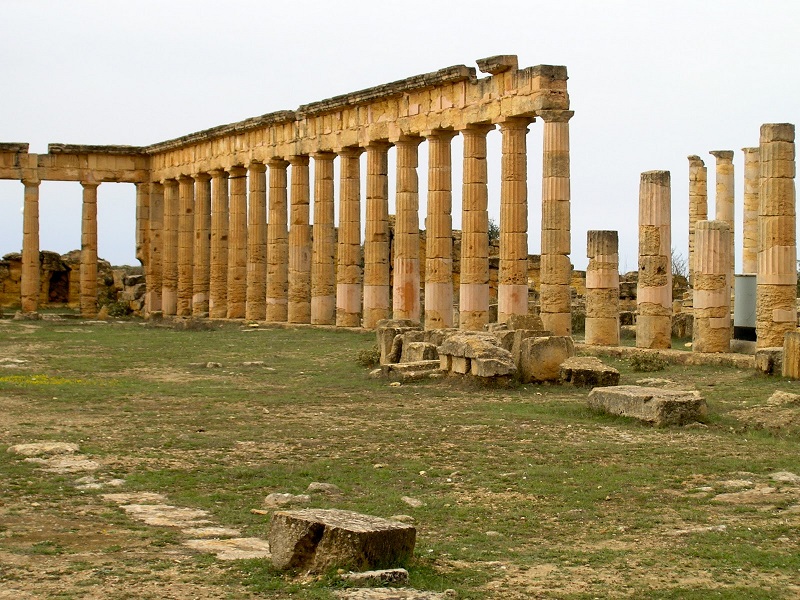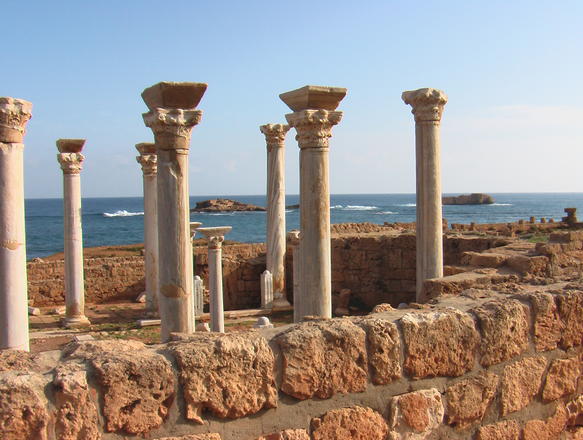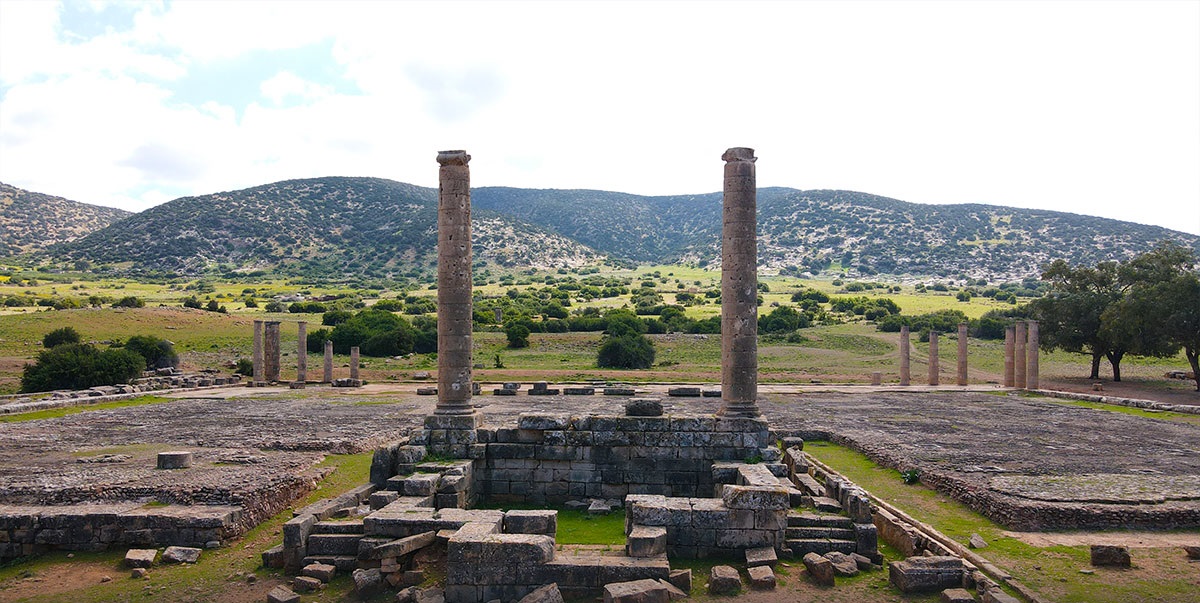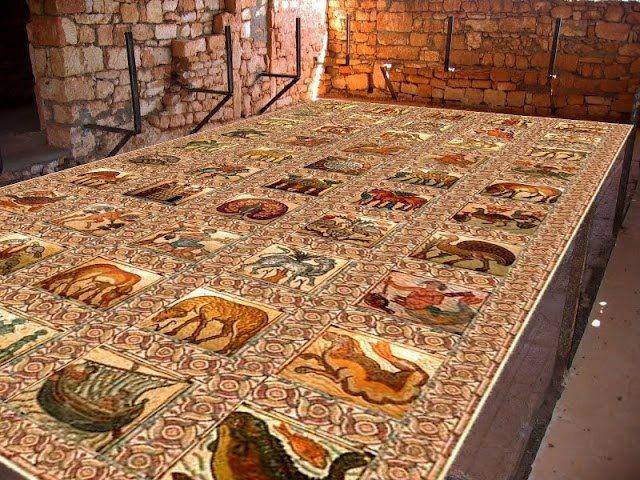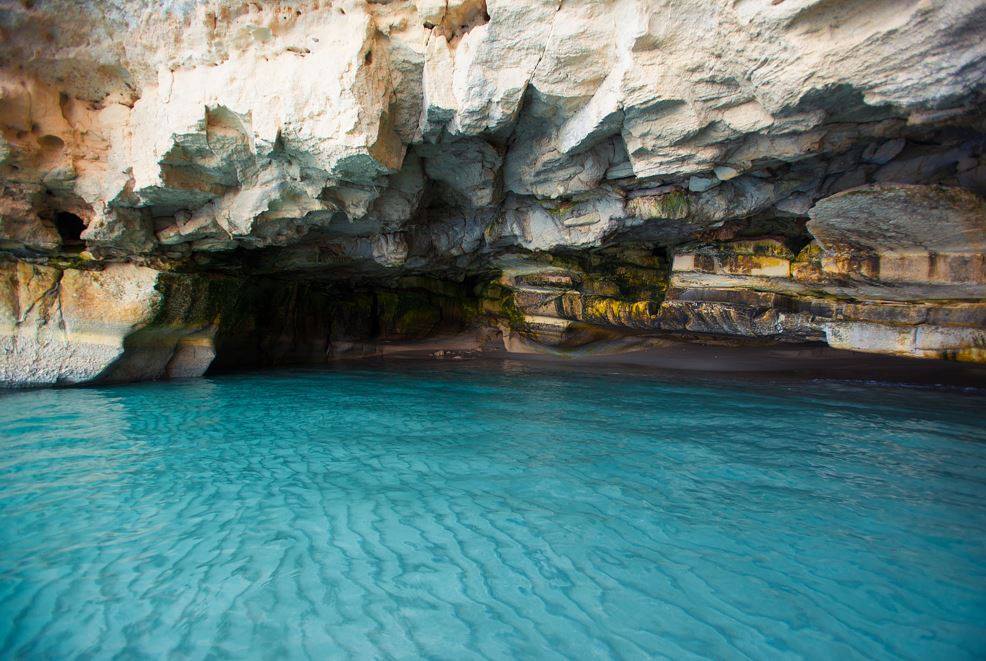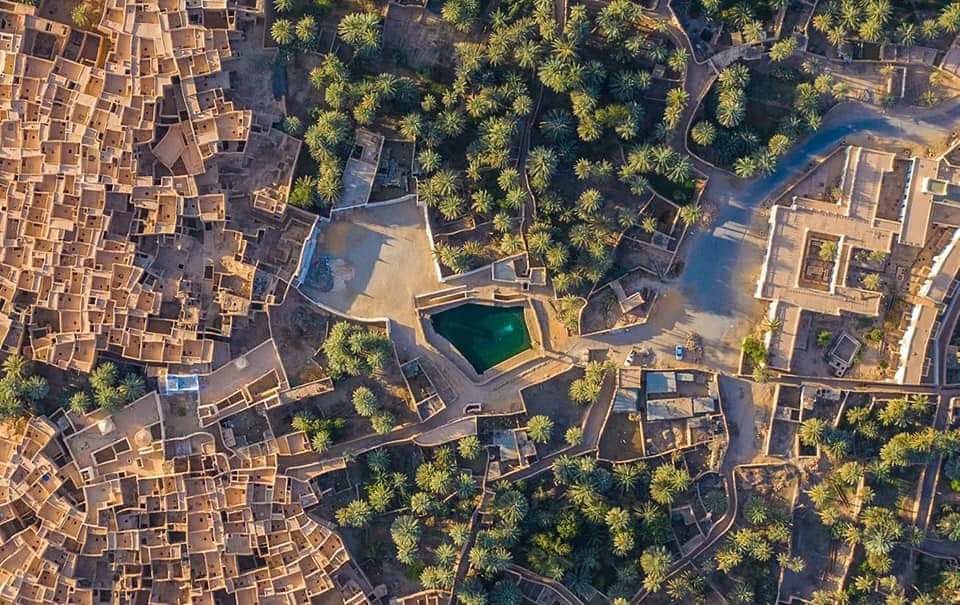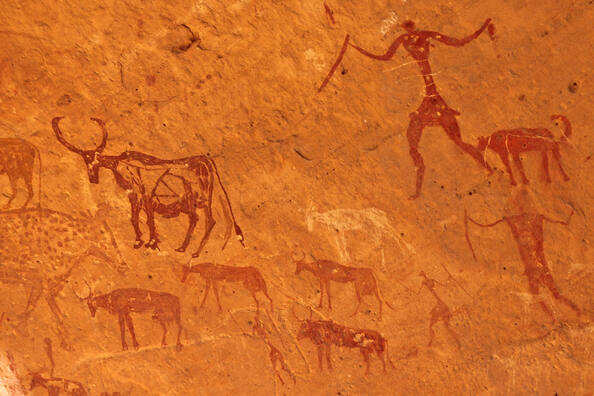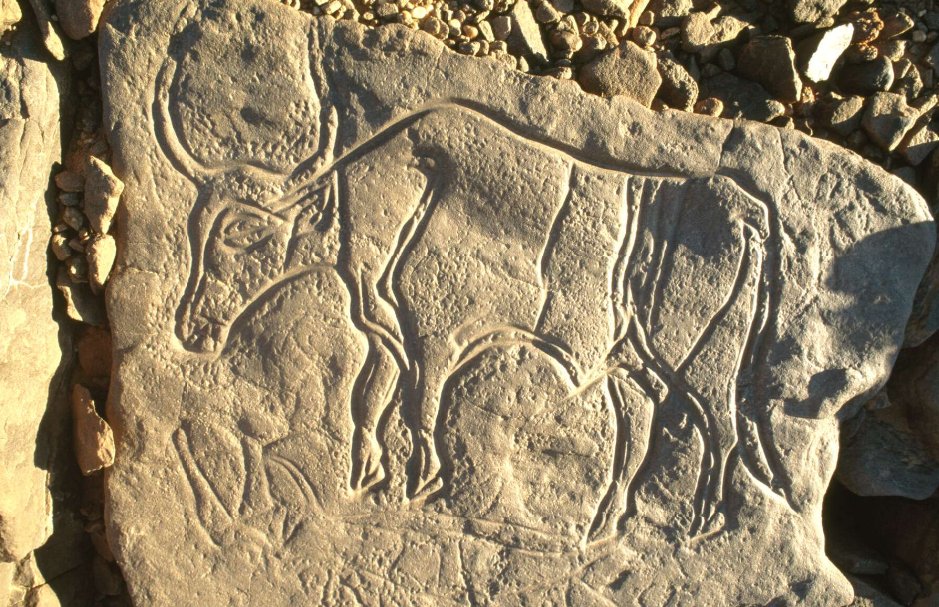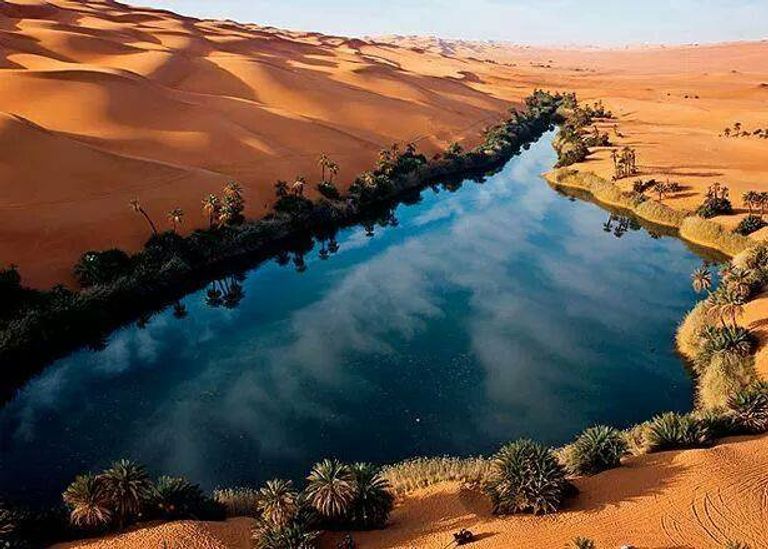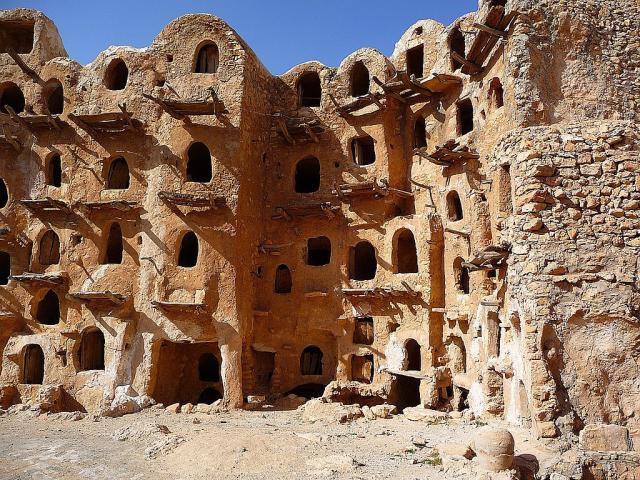Tripolitania: Cities of History
Discover the treasures of the "Three Cities" that formed the historical heart of Libya
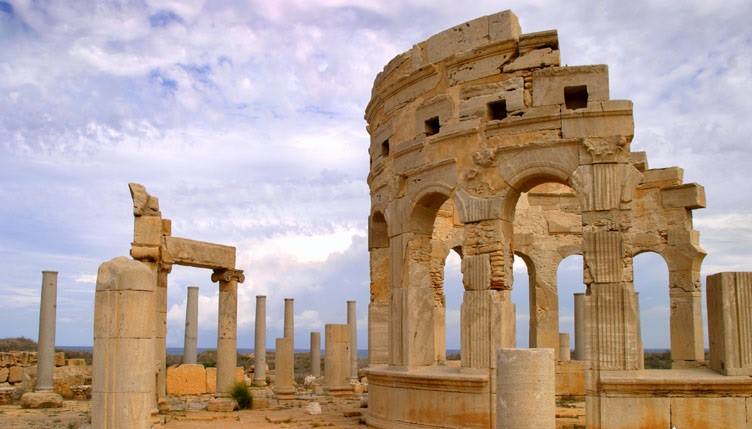
1. Leptis Magna
Leptis, one of the greatest Roman cities in Africa, was founded in the 7th century BC as a Phoenician settlement, then flourished under Roman rule, especially during the reign of Emperor Septimius Severus (born in Leptis).
The city is characterized by its monumental landmarks such as:
- Arch of Septimius Severus
- Amphitheater
- Imperial Baths
- Roman Market and Port
Leptis is a magnificent example of the blend of local architecture and classical Roman design.

2. Sabratha
A Phoenician city founded around the 5th century BC, it later became part of the Roman Empire.
Its most famous landmarks:
- The magnificent and exceptionally preserved Roman Theater
- Baths and Temples
- Mosaics and the ancient port
Sabratha was an important trading point on the Mediterranean route, and is considered one of the most beautiful coastal archaeological cities.
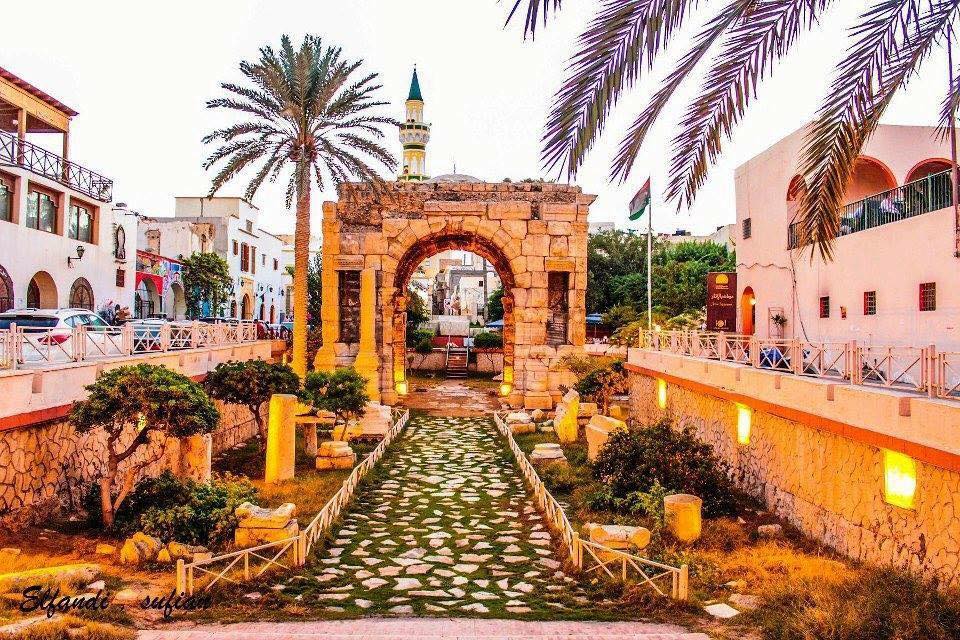
3. Oea (present-day Tripoli)
Oea was the third of the "Three Cities" (along with Leptis and Sabratha), and later became the city of Tripoli. It was founded as a Phoenician city, then developed during the Roman and Byzantine periods.
Although ancient Roman landmarks are integrated into the modern urban fabric, some ruins still stand:
- Arch of Marcus Aurelius
- Some remnants of ancient walls
